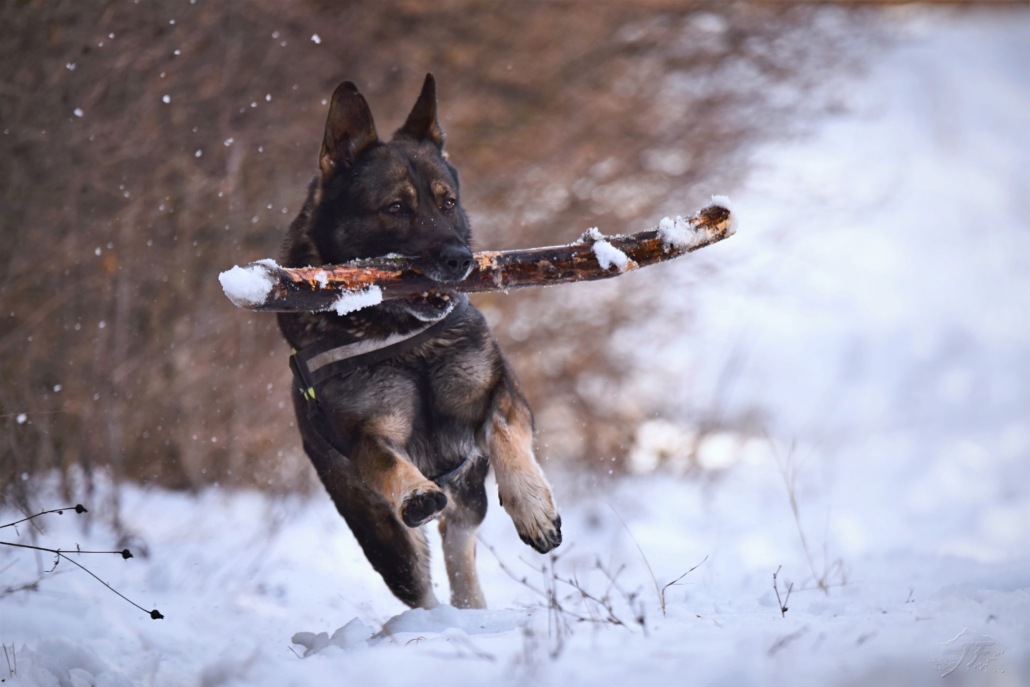
Image via Pexels
Winter can be a hard time of year for many people, especially those caring for a dog or cat. Keeping your furry friend healthy and content during the colder months requires a little extra effort and attention, but it doesn’t have to overwhelm you if you know what to do! We’ll share some simple and effective tips for having a healthy and fulfilling winter season with your pet.
Exercise and Playtime
Just because it’s cold outside doesn’t mean your pet can skip the exercise! Make sure they have ample opportunities to move around indoors, so they don’t get restless or bored. Maybe you could let them run around the house, play fetch inside with their favorite toy, or learn a few new tricks. If you have a dog, there are plenty of indoor dog parks where they can get their energy out safely; you just have to know where to find them!
Proper Nutrition
Nutrition is a building block of life, but it’s especially critical during the winter months when your pet needs extra energy to stay warm. Make sure your pet is eating a balanced diet, and use vitamins or supplements as recommended by your veterinarian.
You may also want to provide more high-calorie snacks like cheese or peanut butter as an additional source of energy during this time of year. Just be sure that your pet is getting that exercise so you aren’t feeding them too much in the less active winter months!
Grooming Routines
You want to ensure your pet’s coat stays healthy and strong as temperatures drop and humidity levels lower. Regular brushing will help remove dead fur and dirt from their coat while stimulating blood circulation to keep them warm throughout the day.
Also, consider investing in a new sweater or jacket if they spend extended periods outdoors in colder climates; this could provide the extra layer of warmth and comfort they need to thrive. And don’t hesitate to take your pet to a professional groomer if you don’t have the time (or patience) to do it yourself.
Finding a Trustworthy Pet Sitter/Dog Walker
Having a reliable pet-sitting or dog-walking service like Whiskers to Tails at your disposal can be a game-changer when you’re a busy pet owner. You need someone you trust to look after your beloved animal when you’re away so that you can relax and know your pet is in safe hands. A pet sitter or dog walker will provide the necessary attention, exercise, and care your pet needs as you travel or deal with other commitments that keep you from being able to attend to your pet yourself.
When it comes to finding a reputable pet-sitting or dog-walking service, you must consider many factors. Do your research and look for a reliable company that has good customer reviews and is properly licensed and insured.
Make sure you ask questions about the care they provide, ask for references from past customers, and ensure they have the appropriate training and experience to take care of your furry companion. Above all else, you need to feel comfortable leaving your pet in their care, which means trusting they will treat your beloved animal with tender, loving care every time!
Conclusion
It’s not always easy to care for a pet in the winter, but following the steps above will simplify the process of keeping them happy and healthy all season. Maintaining their exercise, playtimes, diet, and grooming will go a long way, but make sure you have a reliable pet sitter or dog walker you can call when necessary. Spring is coming soon, and you and your pet can cruise into the new season without missing a beat!
Would you like to read more helpful content or learn about our exemplary pet-sitting services? Visit WhiskersToTailPetSitting.com today!
Guest Author: Nick Burton is the co-creator of Our Best Doggo. He is a proud parent to three rescue dogs, together with his wife, Mary. When they lost their oldest dog, Willie, a 15-year-old lab/terrier mix, the couple decided to create a website where they can share all types of dog information to help people cope with mourning the loss of a fur baby.

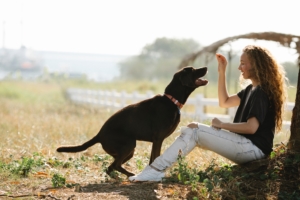

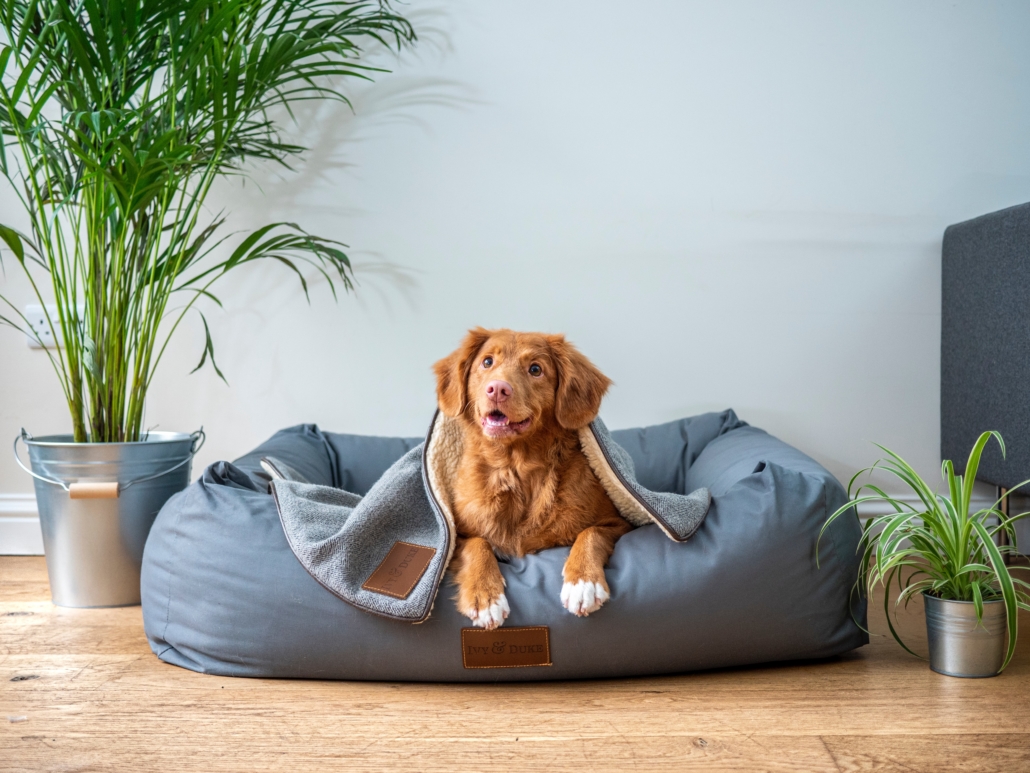
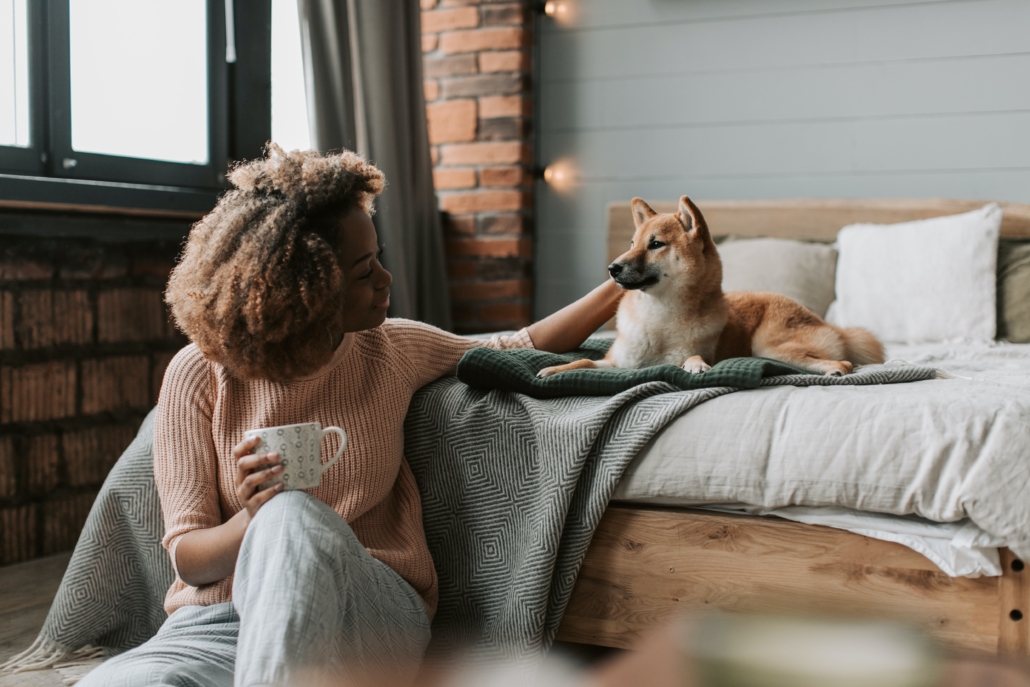
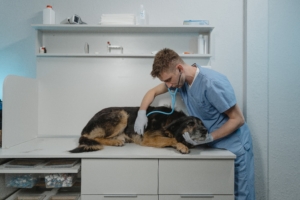 Veterinary technicians are an integral part of a veterinary care team. They have gone through a specific 2-4 year education program and practicum accredited by the American Veterinary Medical Association Committee on Veterinary Technician Education and Activities. They also commit to participating in continuing education annually to stay up to date with the most current research.
Veterinary technicians are an integral part of a veterinary care team. They have gone through a specific 2-4 year education program and practicum accredited by the American Veterinary Medical Association Committee on Veterinary Technician Education and Activities. They also commit to participating in continuing education annually to stay up to date with the most current research.
 Many of us can see the light at the end of the pandemic tunnel. Maybe your company has announced a return to work date. Maybe you are starting to travel again, either for business or pleasure. But what about our pets? They’ve been by your side 24 hours a day for the past year and will struggle to adjust or readjust to the new normal. How do you help prepare your pet for that eventuality? And how do you help them cope with the adjustment when you do return to normal?
Many of us can see the light at the end of the pandemic tunnel. Maybe your company has announced a return to work date. Maybe you are starting to travel again, either for business or pleasure. But what about our pets? They’ve been by your side 24 hours a day for the past year and will struggle to adjust or readjust to the new normal. How do you help prepare your pet for that eventuality? And how do you help them cope with the adjustment when you do return to normal?